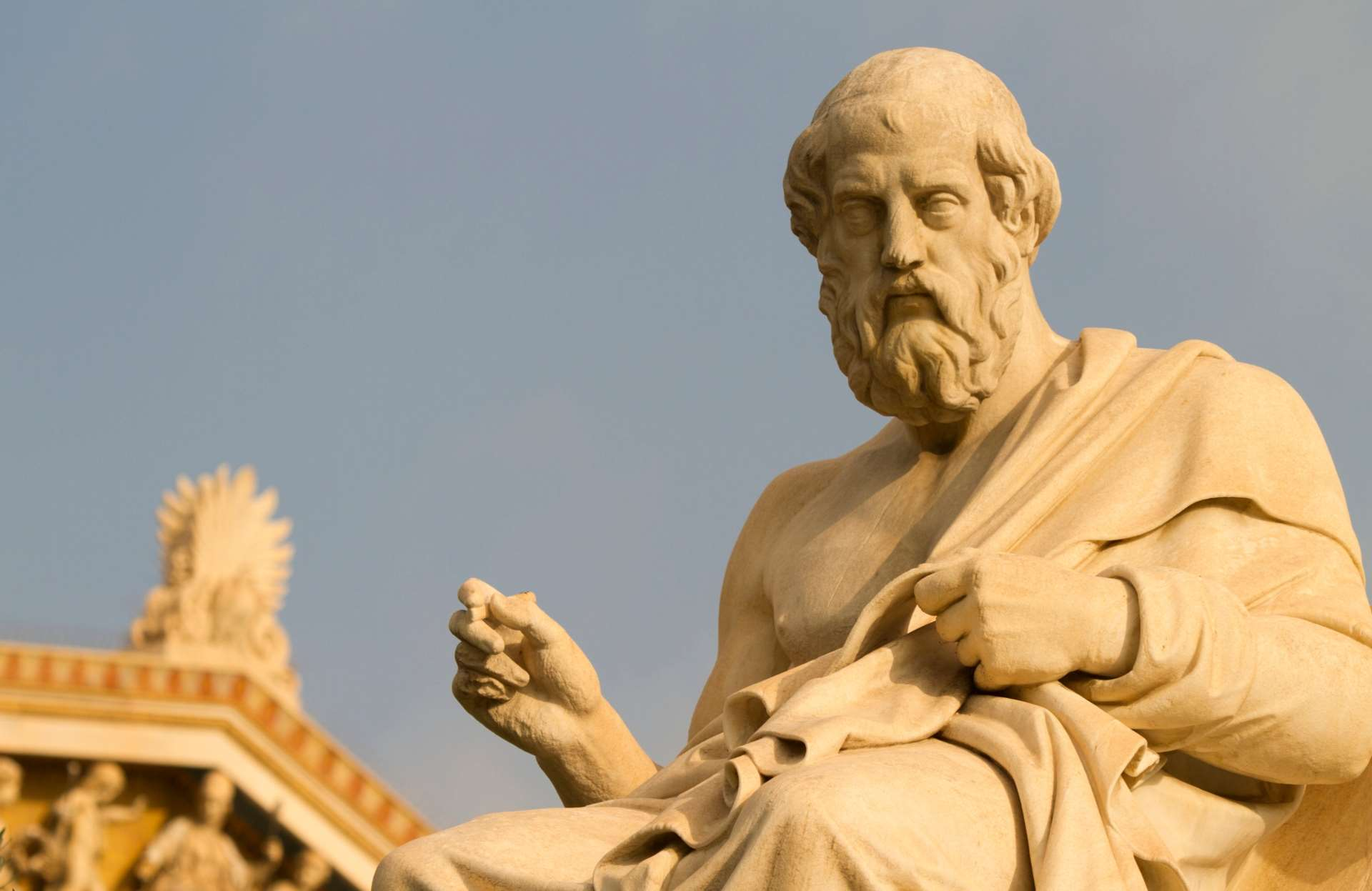At last, it can be revealed what Santa Claus really looks like. Away with your Victorian or Coca Cola images. This is the real, real thing, as established by scientists at Liverpool John Moores University’s Face Lab.
St Nicholas of Myra, said to be the inspiration for Santa Claus, as visualised after facial reconstruction by scientists in Liverpool
They used a facial reconstruction system and 3D interactive technology to create the most realistic image ever achieved of St Nicholas of Myra, an ancient greek city in modern southern Turkey. He is the 4th-century bishop said to be the inspiration for Santa Claus. St Nicholas lived from 270 to 343 and was known for his great if anonymous generosity to those in need.
The reconstruction was based on research done in 1957 by Italian anatomy professor Luigi Martino, as it is no longer possible to access the remains of St Nicholas at the basilica named after him in the southern Italian city of Bari.
Prof Martino did his research during restoration work at the basilica, “x-rays, measurements of the skull, that sort of thing,” said Prof Wilkinson. It established the saint was in his early 70s when he ‘died’.
He was about 5ft 4in in height, average for the time, with a slender-to-average build which has since become greatly expanded. His nose shows evidence of having been broken and, as is common in people of a certain age, he had chronic arthritis in the spine and pelvis.
SAINT NICHOLAS Facial Reconstruction video
The history of Santa Claus(Saint Nicholas)
Saint Nicholas of Myra (traditionally 15 March 270 – 6 December 343), also known as Nicholas of Bari, was an early Christian bishop of Greek descent from the maritime city of Myra in Asia Minor (modern-day Demre, Turkey) during the time of the Roman Empire. Because of the many miracles attributed to his intercession, he is also known as Nicholas the Wonderworker. Saint Nicholas is the patron saint of sailors, merchants, archers, repentant thieves, children, brewers, pawnbrokers, unmarried people, and students in various cities and countries around Europe. His reputation evolved among the pious, as was common for early Christian saints, and his legendary habit of secret gift-giving gave rise to the traditional model of Santa Claus ("Saint Nick") through Sinterklaas.
Very little is known about the historical Saint Nicholas. The earliest accounts of his life were written centuries after his death and contain many legendary elaborations. He is said to have been born in the Greek seaport of Patara, Lycia in Asia Minor to wealthy Christian parents. In one of the earliest attested and most famous incidents from his life, he is said to have rescued three girls from being forced into prostitution by dropping a sack of gold coins through the window of their house each night for three nights so their father could pay a dowry for each of them. Other early stories tell of him calming a storm at sea, saving three innocent soldiers from wrongful execution, and chopping down a tree possessed by a demon. In his youth, he is said to have made a pilgrimage to Egypt and Palestine. Shortly after his return, he became Bishop of Myra. He was later cast into prison during the persecution of Diocletian, but was released after the accession of Constantine. An early list makes him an attendee at the First Council of Nicaea in 325, but he is never mentioned in any writings by people who were actually at the council. Late, unsubstantiated legends claim that he was temporarily defrocked and imprisoned during the council for slapping the heretic Arius. Another famous late legend tells how he resurrected three children, who had been murdered and pickled in brine by a butcher planning to sell them as pork during a famine.
Fewer than 200 years after Nicholas's death, the St. Nicholas Church was built in Myra under the orders of Theodosius II over the site of the church where he had served as bishop, and his remains were moved to a sarcophagus in that church. In 1087, while the Greek Christian inhabitants of the region were subjugated by the newly arrived Muslim Seljuk Turks, and soon after their church was declared to be in schism by the Catholic church, a group of merchants from the Italian city of Bari removed the major bones of Nicholas's skeleton from his sarcophagus in the church without authorization and brought them to their hometown, where they are now enshrined in the Basilica di San Nicola. The remaining bone fragments from the sarcophagus were later removed by Venetian sailors and taken to Venice during the First Crusade.









